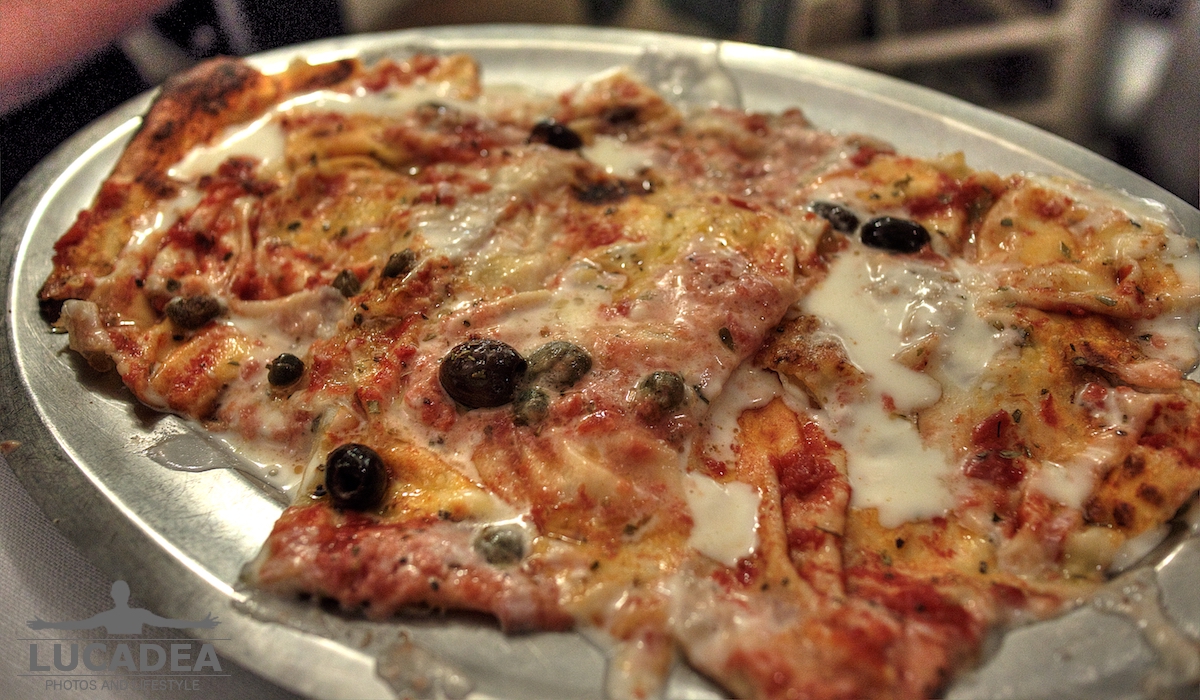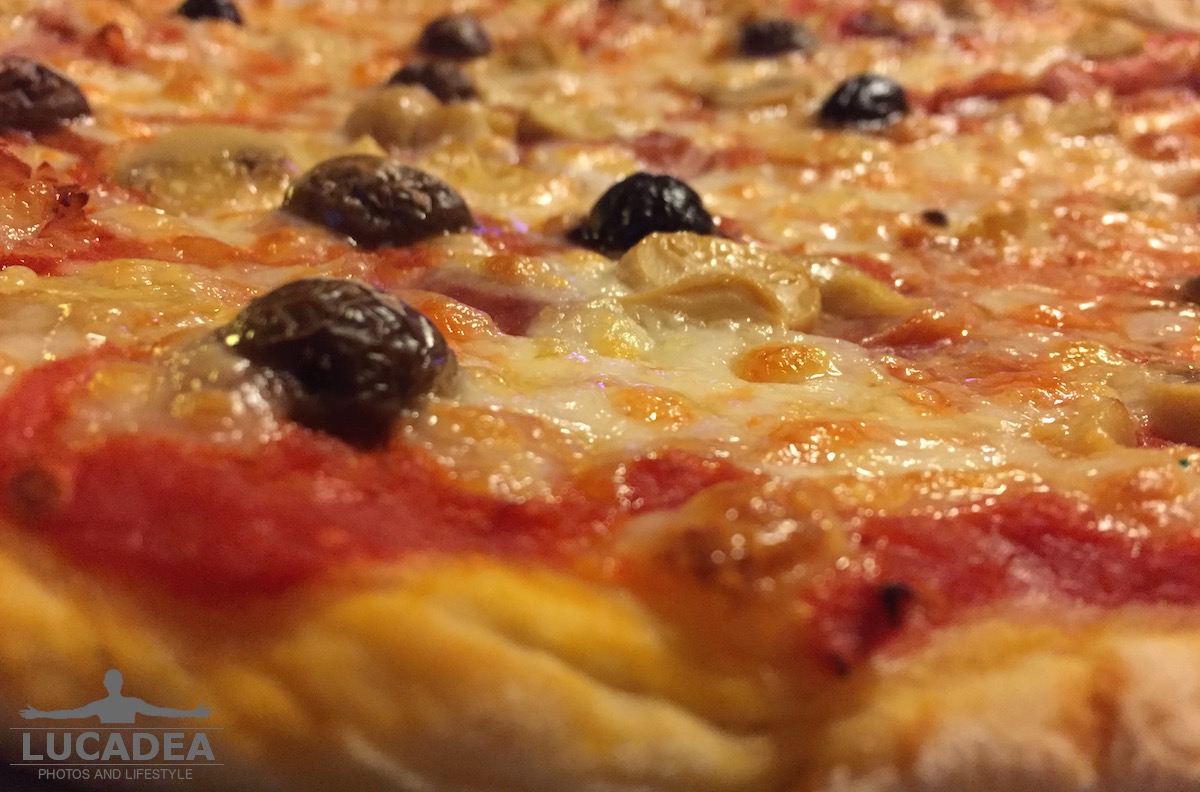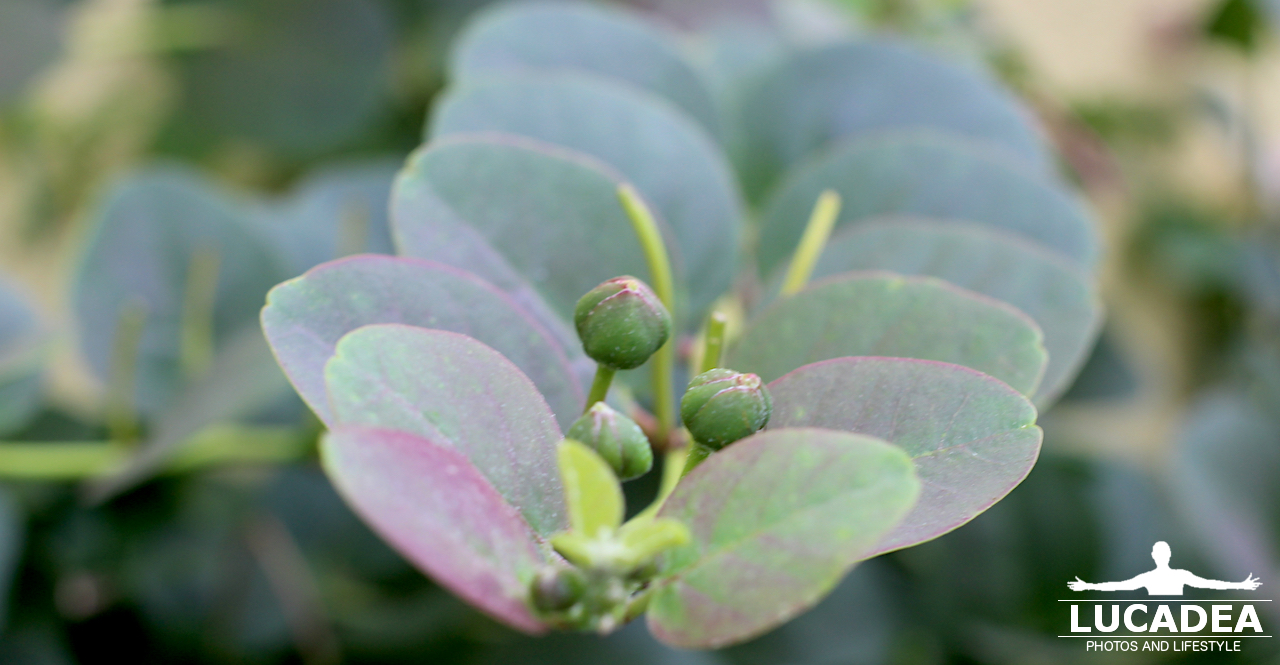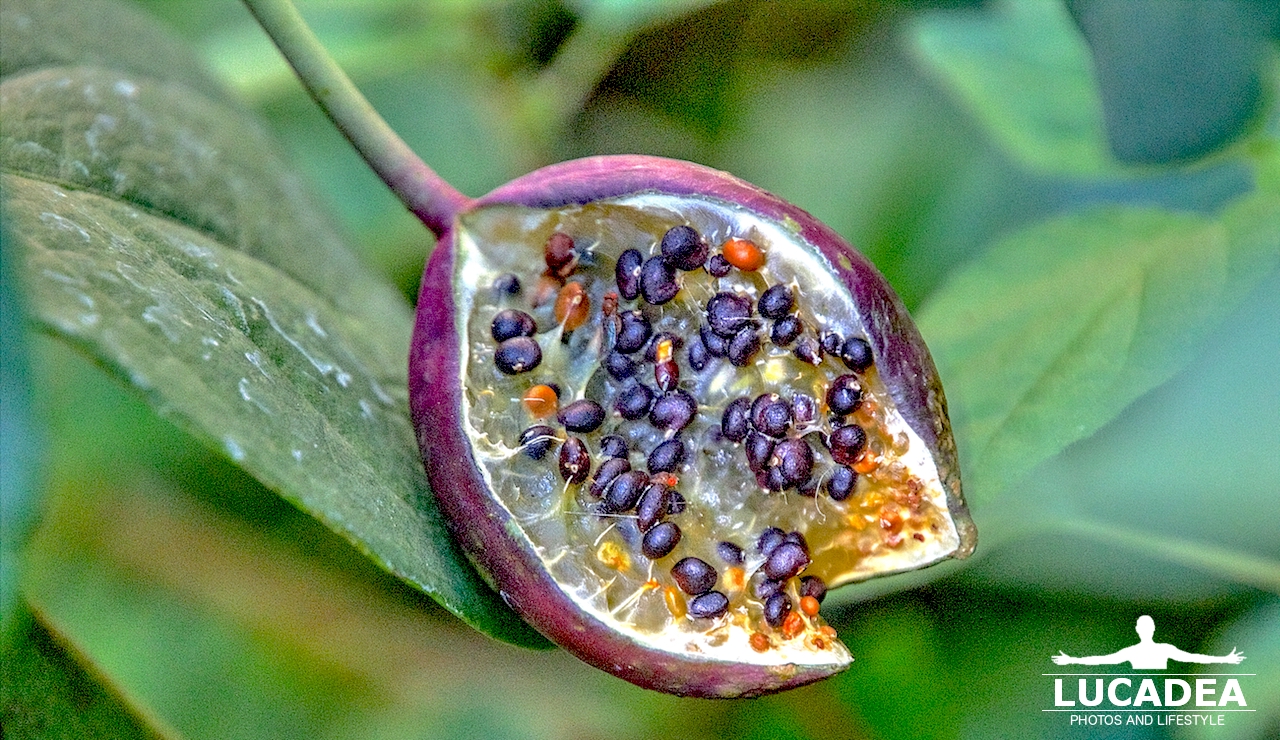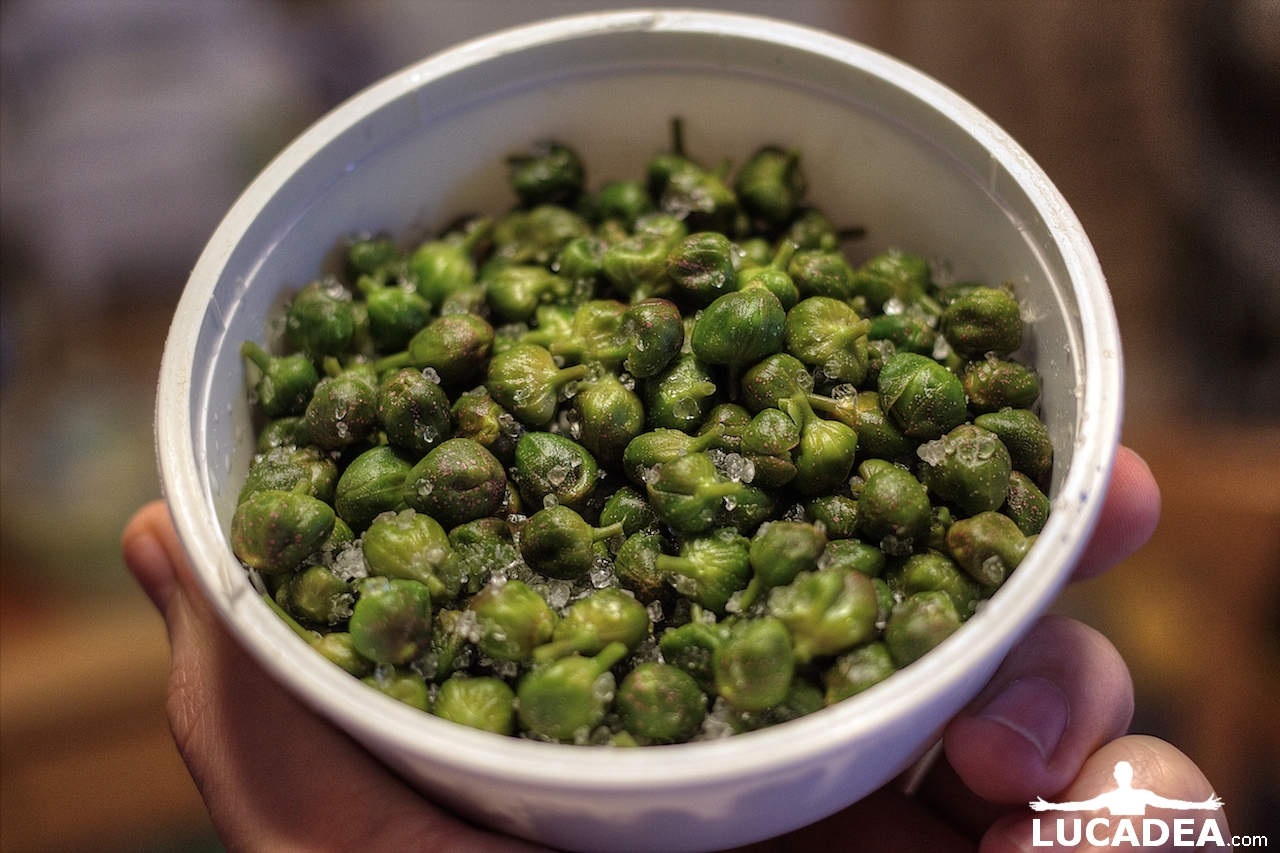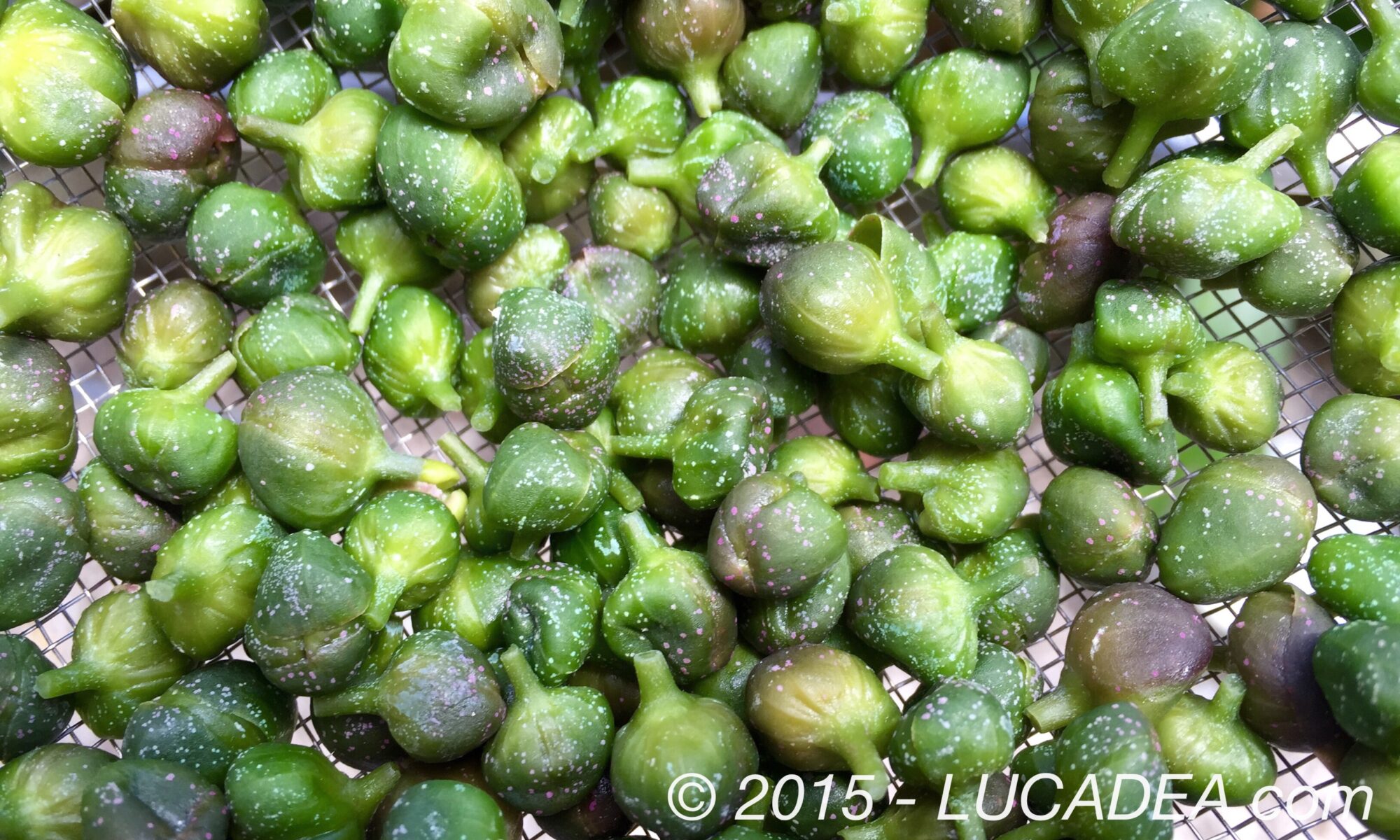A beautiful tray of Norwegian smoked salmon.
Norwegian smoked salmon is a premium product that has conquered tables around the world. Norway, with its cold, clean waters, offers the ideal environment for farming this prized fish, ensuring quality and flavour in every slice.
The tradition of smoking salmon in Norway dates back centuries, when it was used as a method of preservation. Today, this technique has been perfected, combining traditional methods with modern technology to obtain a product of the highest quality. The salmon is raised in controlled conditions, respecting rigorous environmental and animal welfare standards.
Norwegian smoked salmon is known for its high content of omega-3 fatty acids, essential for heart and brain health. It is also an excellent source of protein, B vitamins, vitamin D and minerals such as phosphorus and selenium. These nutrients contribute to a balanced diet and provide numerous health benefits.
The smoking process begins with the selection of the best salmon, which is then salted and left to rest to absorb the salt evenly. The salmon is then cold or hot smoked, using fine woods such as beech or oak, which give the fish its characteristic aroma and delicate flavor.
Norwegian smoked salmon is incredibly versatile in the kitchen. It can be served as an appetizer, accompanied by brown bread and butter, or used to enhance salads, pasta and sushi. Its soft texture and smoky flavor make it an ideal ingredient for refined and creative dishes.
Norway is a world leader in sustainable salmon farming. Norwegian farms follow rigorous practices to minimize environmental impact, while ensuring the health and well-being of the fish. This commitment to sustainability makes Norwegian smoked salmon a responsible choice for environmentally conscious consumers.
Do you like smoked salmon?
Add your own comment or go to the bottom of the site to read what other visitors have written.
Photo taken with Honor 20.
Smoked salmon is a food made from preserved salmon, which is cured and smoked. Usually, salmon of the species Salmo salar (Atlantic salmon) is used, but Oncorhynchus masou (Japanese salmon) or other species of the genus Oncorhynchus are sometimes used. Smoked salmon has a long history in Native American cultures. Smoked salmon was also a common dish in Greek and Roman culture throughout history, often eaten at large gatherings and celebrations. During the Middle Ages, smoked salmon became part of the diet of the people and was consumed in soups and salads. The 19th century marked the rise of the American smoked salmon industry on the West Coast, processing Pacific salmon from Alaska and Oregon.
Continue and learn more on Wikipedia
A nice tray of Norwegian smoked salmon – Un joli plateau de saumon fumé norvégien – Una buena bandeja de salmón ahumado noruego. – Uma bela bandeja de salmão fumado norueguês – Ein schönes Tablett mit norwegischem Räucherlachs – Một khay cá hồi hun khói Na Uy đẹp mắt
The text of the post was written with the help of Copilot, a virtual assistant based on artificial intelligence.


